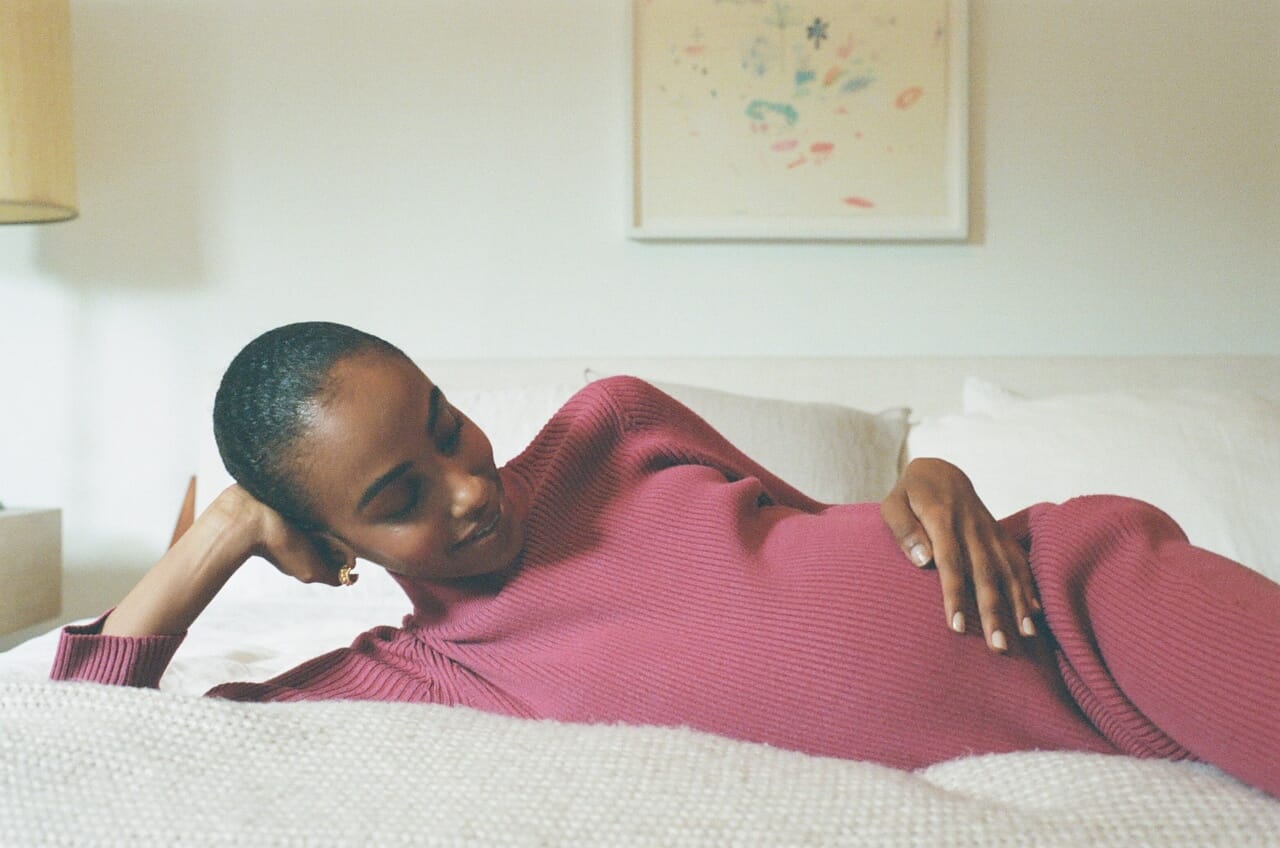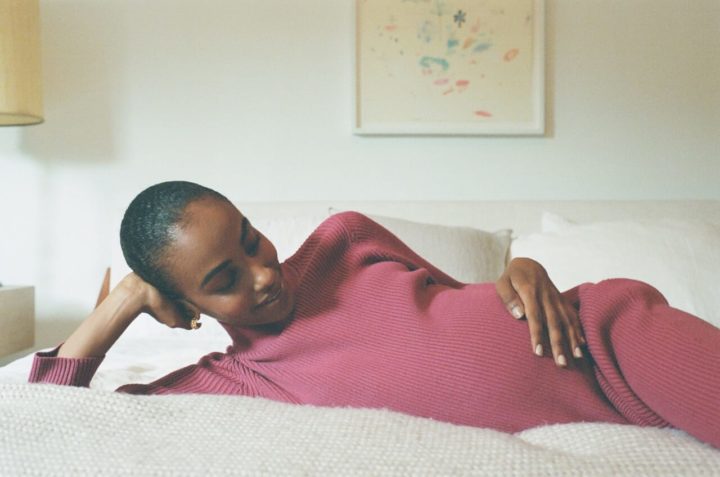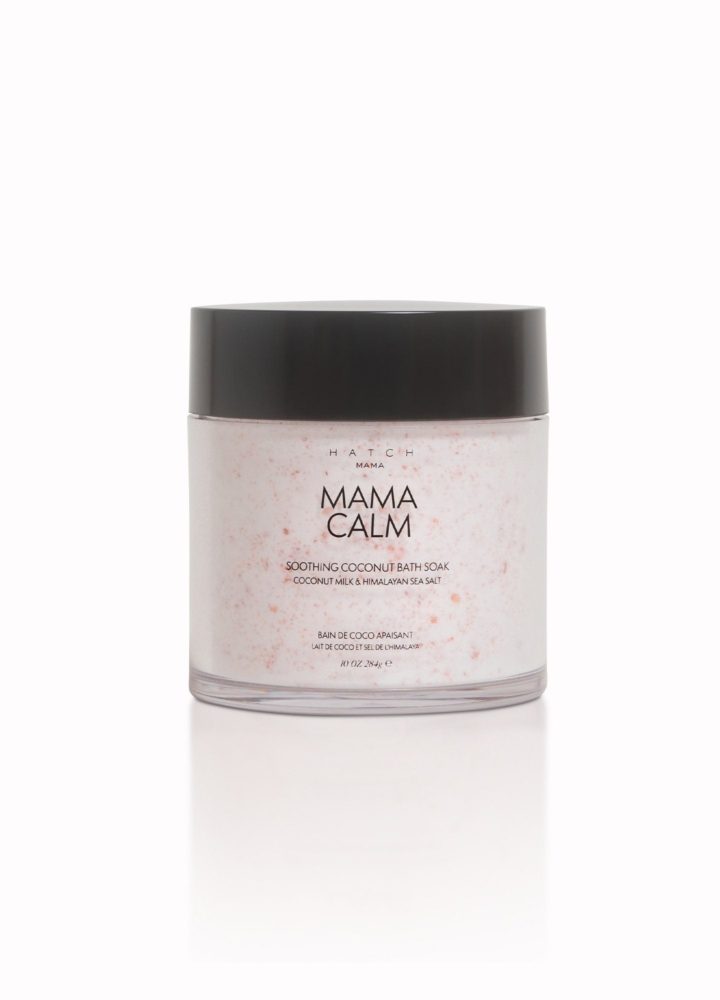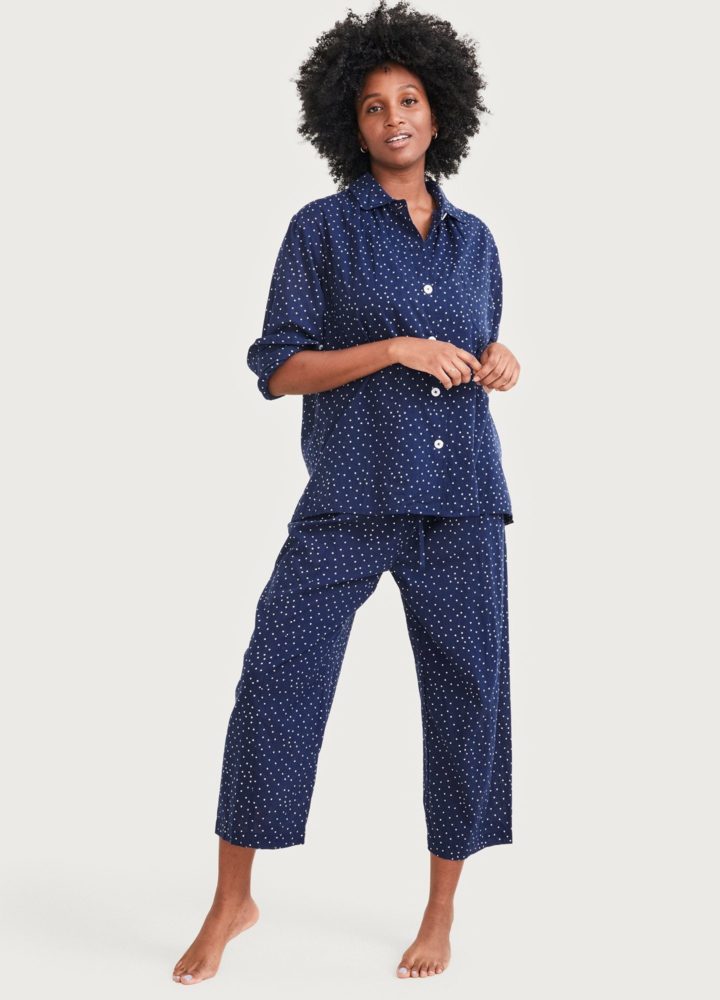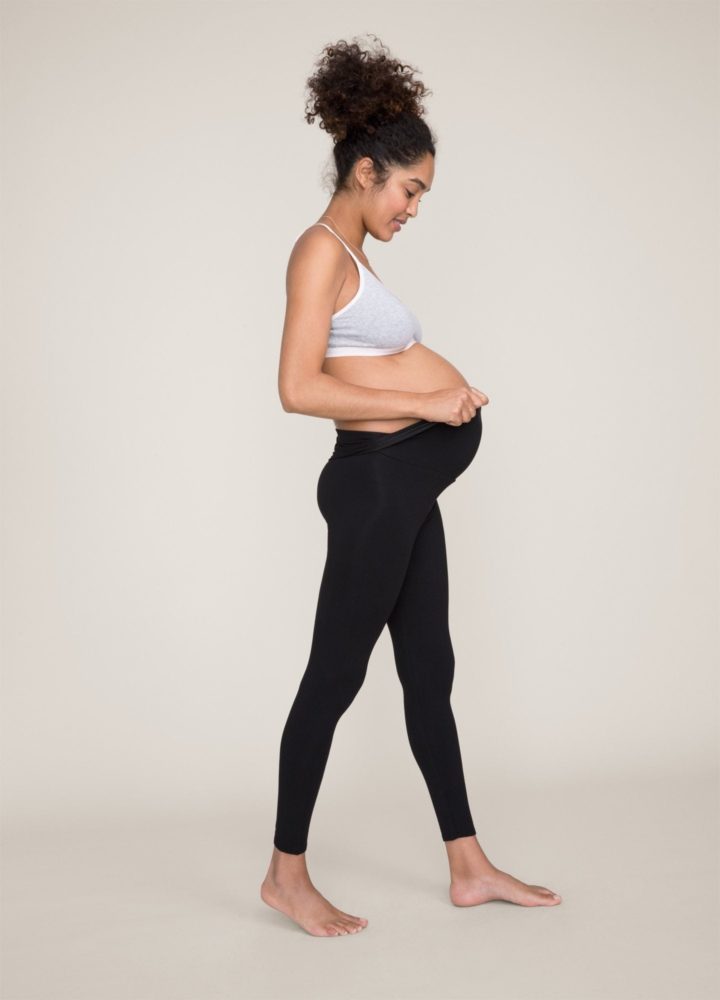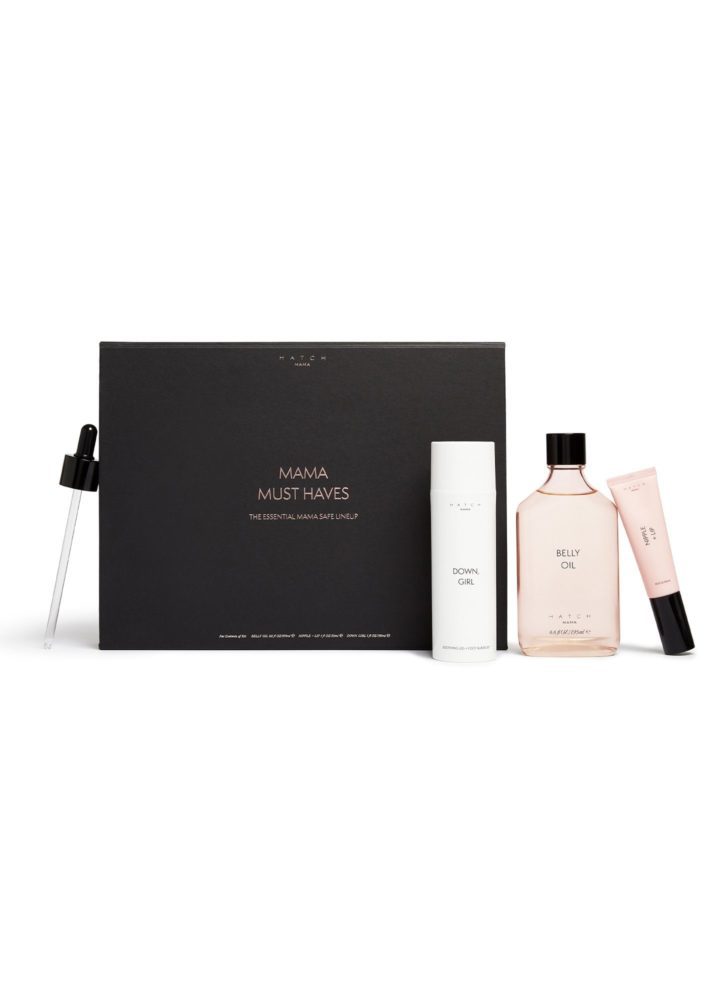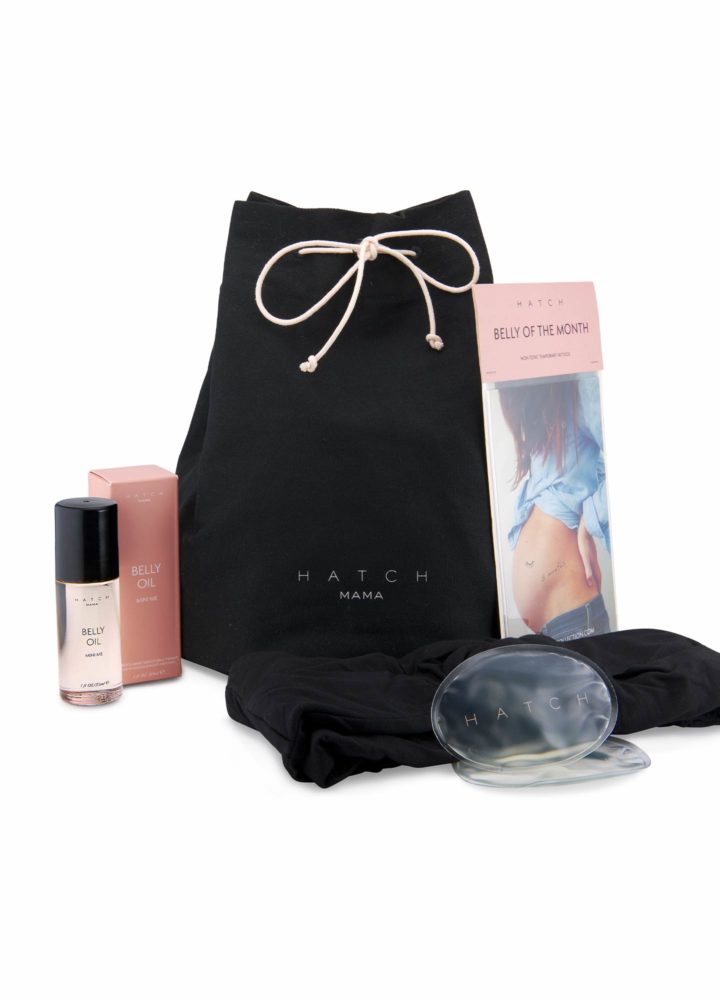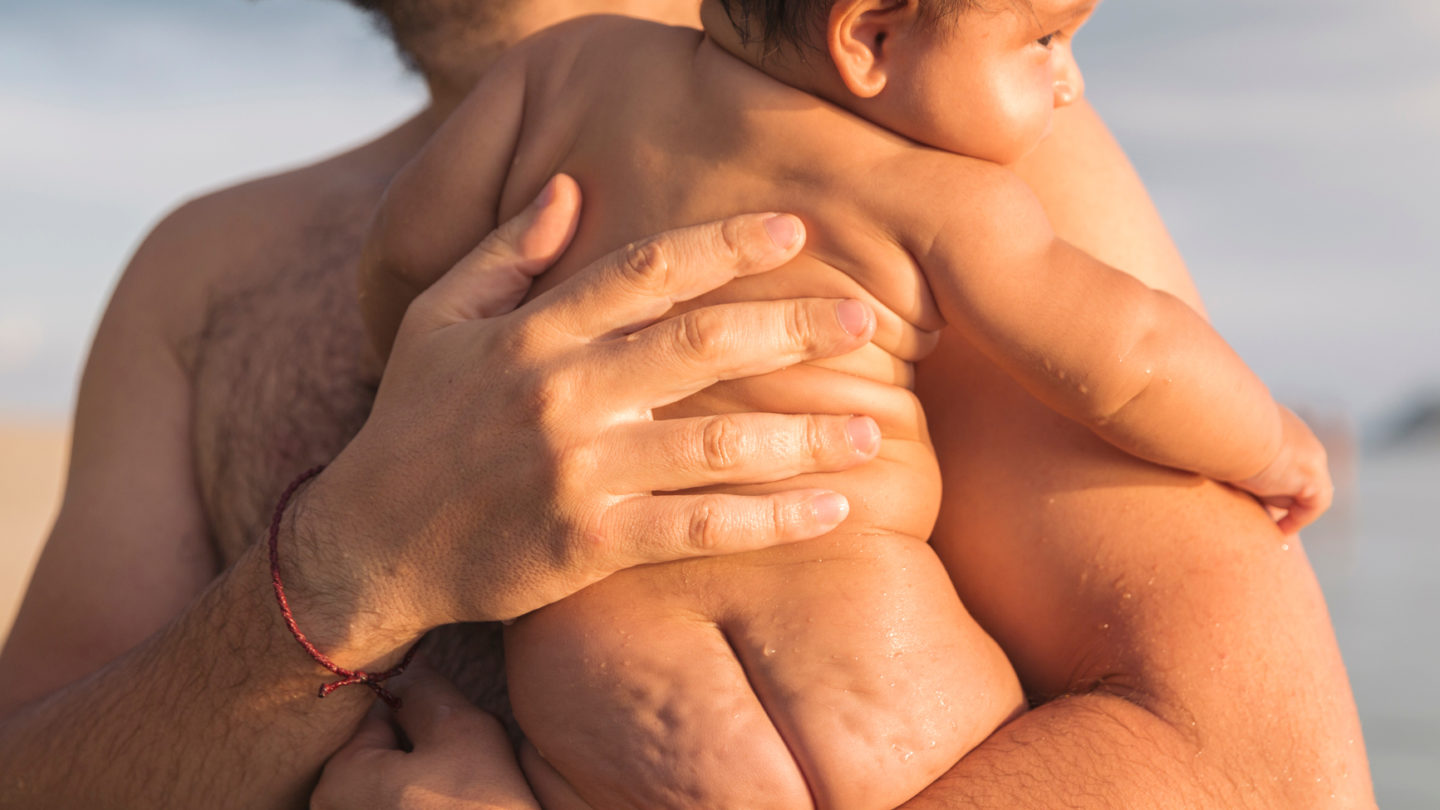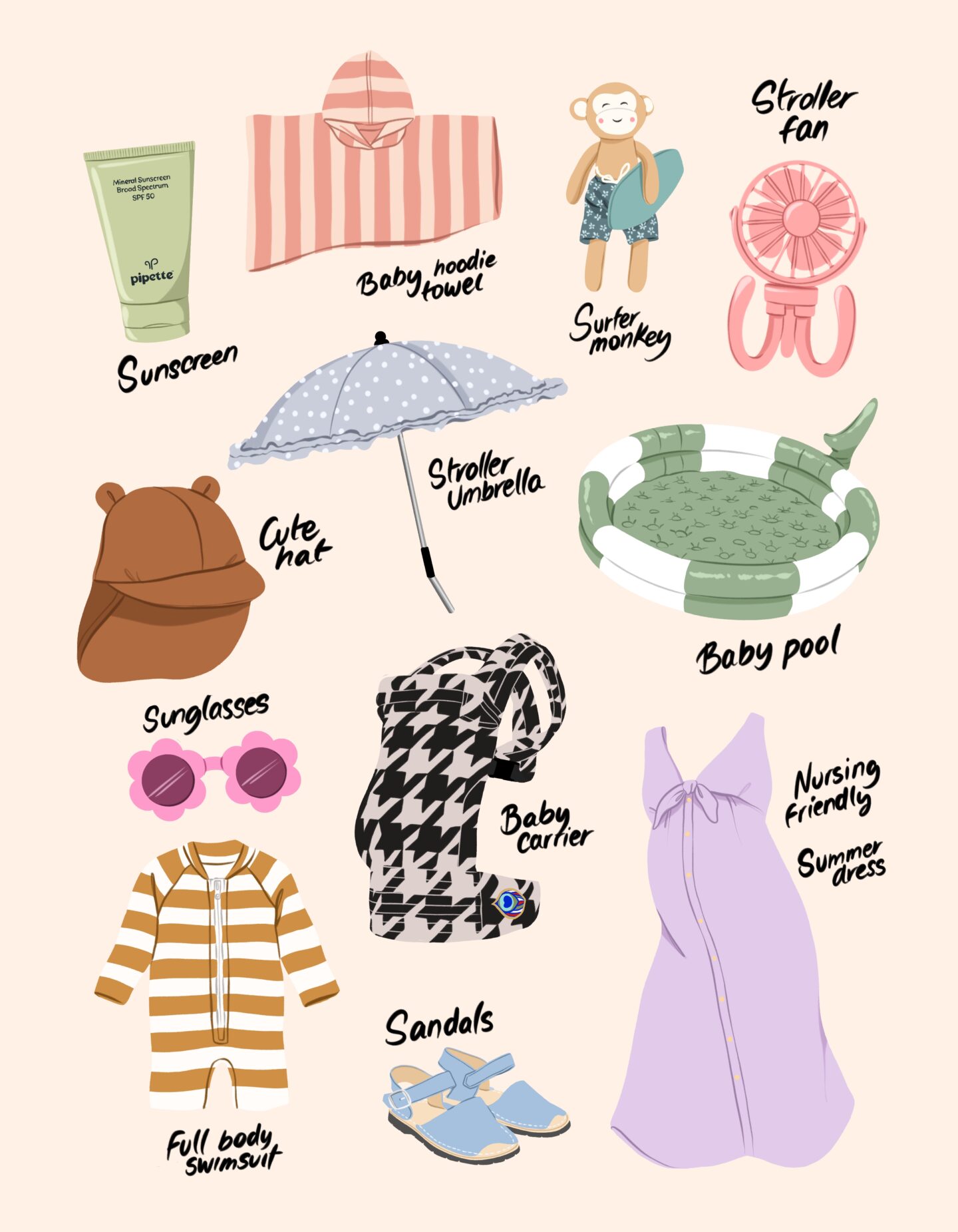Baby shower? Planned. Maternity wardrobe? Bought. Ok… next up: baby-proofing the house.
We’re not talking about babies bumping their heads on sharp corners quite yet (our tiny tots don’t start walking until about 12 months).
We’re talking about the toxic substances that might be lurking under your kitchen sink. When it comes to liquid soap and other cleaning agents, pregnant women might want to double-check for harmful chemicals hidden in plain sight.
Looking for cleaning supplies that are free from harsh chemicals and bad vibes? We hear you.
Join HATCH as we share a complete guide to all the dos and don’ts of cleaning the house while pregnant.
Cleaning Products and Your Health
Many cleaning products are full of chemicals, and that’s not necessarily a bad thing. Some of these chemicals are okay to use while preggo, and there are others that we suggest you avoid.
While most cleaning products are safe to use while pregnant, the following chemicals and products are a few that medical experts recommend skipping:
Glycol Ethers
Glycol ethers can be found in many chemical products, including antifreeze and brake fluid. They’re also a common ingredient in some types of cleaners, including oven cleaners, glass cleaners, and carpet cleaners.
The primary issue here comes from inhaling the fumes they release, which could be harmful. So, if you have a carpet cleaning scheduled anytime in the next nine months, you might want to consider heading out of the house while the workers get the job done to avoid those fumes.
If you aren’t sure whether a cleaning product contains glycol ethers, one easy way to find out is to look up the ingredient list. In addition, you can always ask your doctor for advice. Glycol ethers may also be listed as 2-butoxyethanol (EGBE) and methoxydiglycol (DEGME), so keep an eye out for those in the ingredients list as well.
Phthalates
Phthalates are more commonly associated with beauty products than cleaning products and often aren’t listed in the ingredients list of cleaning products. However, phthalates are commonly used in fragranced products, so one way to avoid these is by choosing fragrance-free products only.
Here’s a disclaimer, though: this often includes skipping “unscented” products; they might still contain phthalates to cover up the naturally strong scent.
Common products that may contain phthalates include wood finishes, solvents, and certain detergents. If you aren’t certain about a specific product, an easy way to get peace of mind is to avoid using it while preggo.
If possible, grab some pregnancy-safe skincare and wellness products made especially for mamas-to-be.
Air Fresheners
Although air fresheners are more of a post-cleaning product than something you actually use to clean, we’d still lump them in this category. Air fresheners have been correlated with negative health impacts and also are typically fragranced. That means they likely contain those phthalates we talked about earlier.
In lieu of an air freshener, you could try opening a window or burning a paraben-free cotton wick candle.
If you want to boost your self-care routine, you can also try some relaxing bath salts.
The Belly and Body Bath Soak is free from dyes, fragrances, parabens, and phthalates. These naturally-derived bath salts give you a safely-scented bath experience that’s sure to satisfy your urge for that oh-so-fresh feeling.
Spray and Aerosol Cleaners
As with phthalates and air fresheners, the primary problem with these cleaning products is inhaling the fumes (sensing a theme here?).
Ingredients that raise eyebrows in aerosol cleaners include alcohol, acrylic polymers, ammonia, chlorine, and glycol. To skip these ingredients, you can look for non-spray cleaning alternatives whenever possible.
Parabens
The exact risks of using products that contain parabens while pregnant are not fully understood. Parabens can mimic the effects of estrogen in the body, so it may be best to avoid them until the effects have been fully studied.
Parabens include methylparaben, ethylparaben, propylparaben, butylparaben, isobutylparaben, or isopropylparaben; to be safe, you can look for certified paraben-free products to use instead.
How Can I Find Out if a Cleaning Product Is Safe?
Keeping an eye out for all of these chemicals, including all the variations of their complicated scientific names, can be overwhelming. We get it!
Checking the safety of specific products with your doctor or another healthcare provider can be helpful and give you some peace of mind. Another good resource is the Environmental Working Group (EWG) database. You can search for any cleaning product in the database, and it will identify potential health risks associated with the ingredients.
Safe Cleaning Practices
Let’s say your partner or bestie is out of town, and you can’t rely on them to do the dirty work.
Even after identifying the cleaning products to avoid, there are still some precautions you can take to ensure that you’re getting everything spick and span safely. Turn on your cleaning playlist, throw on your comfiest cleaning fit, and adhere to the following practices to get your space in tip-top shape — while keeping your health in tip-top shape too.
Good Ventilation Is Key
Even if you avoid aerosol sprays or cleaning products that release heavy fumes, clean in an area that is well-ventilated. To do this, get a fan going or open a few windows while you clean to maintain fresh air around you to avoid inhaling any potentially toxic chemicals.
Gloves Can Help
Although most of the risk associated with cleaning products comes from inhaling toxic chemicals, avoiding dermal contact may be a good idea as well.
One of the easiest precautions you can take to avoid skin contact with cleaning products is to wear gloves while you cross off your to-do list. You can find heavy-duty cleaning gloves in the cleaning aisle of your local drug store or supermarket.
Labels Are Your Friends
Many cleaning products contain helpful warning labels or precautions on the label.
Labels can alert you to any toxic chemicals and likely advise against use during pregnancy if they pose any risk to you and your baby.
Labels also explain the safest way to use the product (i.e., in a well-ventilated area or after being diluted with water). Reading through the warning and instruction label on a cleaning product is one of the simplest steps you can take to ensure your safety while cleaning.
Mixing Chemicals Can Be Dangerous
While it’s sometimes tempting to layer on the cleaning products in pursuit of the best clean possible, we recommend that you avoid mixing chemicals.
The most notorious example of this is ammonia and bleach. Layer a few toilet-cleaning products on top of one another, and you’ll likely mix these two toxic chemicals and accidentally create mustard gas, which can be very dangerous. We vote that you use cleaning products exactly as they are specified in the instructions.
You Can Make Safe Cleaning Products at Home
One of the easiest ways to avoid the toxic chemicals found in many cleaning products is by making your own.
A lot of household cleaning products can be replicated with items you likely have in your own pantry! If you’re up for the challenge, here are a few DIY cleaning products you might try:
All-Purpose Cleaner
Mix equal parts water and vinegar for an all-purpose scrub you can use on surfaces like glass and metal. If you want to infuse it with a lemony scent, let the mixture sit in a container with lemon peels for a few weeks before using it.
Laundry Detergent
Not interested in conventional laundry detergent? Try soap nuts instead!
Somewhat confusingly, soap nuts are actually berries. Their shells contain saponin, which functions as a natural soap and can be used to clean your laundry. Add six nuts to a drawstring bag and place it in with your dirty laundry for an all-natural detergent replacement.
Dish Soap
For an all-natural dish soap alternative, you can try castile soap. Originally from the Castile region of Spain, this soap is usually made of one part vegetable oil (typically olive oil, although all types of oils are used nowadays) and ten parts water. It’s versatile and gentle enough to be used as a hand soap, dish soap, and body wash.
Wood Cleaner
You can make use of olive oil for a pregnancy-safe DIY wood cleaner as well. Mix ¾ cup of olive oil, 1 tablespoon of lemon juice, and ½ cup of white vinegar for a nourishing and gentle at-home wood cleaner. Add it into a spray bottle and go to town.
Abrasive Cleaning Solutions
Cleaning often requires a little elbow grease — for example, getting the food out of a cast-iron pot or the stains out of a bathtub might require scrubbing with some texture.
For a mama and baby-safe grit cleaning product, try using baking soda. Sprinkling some baking soda over the item in question and scrubbing it with a sponge or some iron wool is a great way to get grease and grime out without resorting to potentially toxic chemicals.
When in Doubt, Phone a Friend
Of course, our favorite safe-cleaning practice while pregnant is to phone a friend and ask them to take care of the cleaning instead.
It might be your partner, a sibling, or your neighbor — anyone you feel comfortable enough letting into your house and cleaning your space will do!
You don’t have to feel guilty about it, either; growing a little human in your body is a full-time job, and it’s okay to spend a Saturday morning relaxing in your coziest PJs while someone else takes care of the cleaning for once. Trust us – you deserve it!
Sources:
